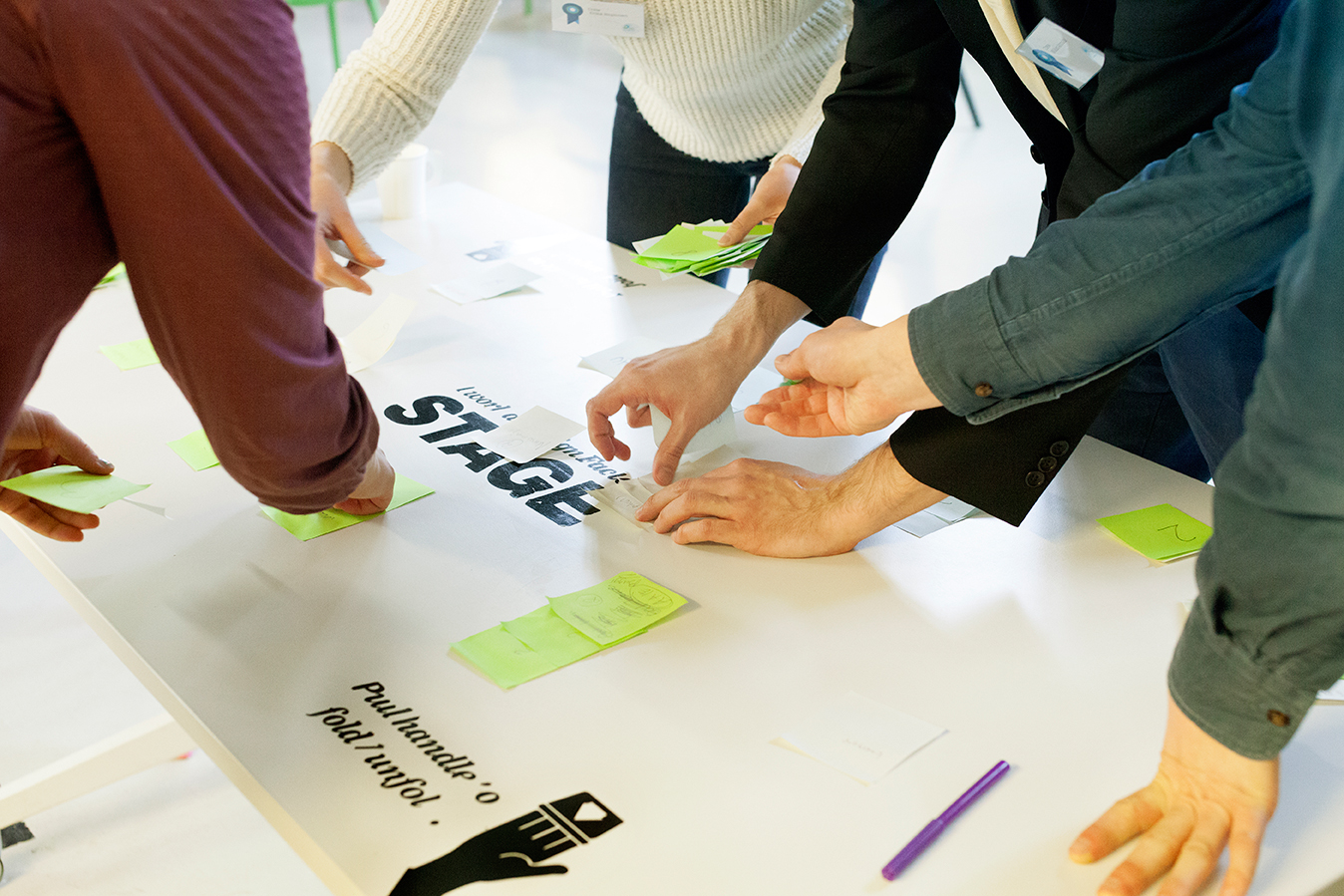Finland is a problem-solving nation. The Finnish school-system gathers praise, a Finnish president-turned-conflict-solver received the Nobel Peace Prize some years back and now Finland is tackling climate change with a variety of interesting solutions. Finland recently gathered the most applications of all the 28 participating countries in the world’s largest…
Finland is a problem-solving nation. The Finnish school-system gathers praise, a Finnish president-turned-conflict-solver received the Nobel Peace Prize some years back and now Finland is tackling climate change with a variety of interesting solutions.
Finland recently gathered the most applications of all the 28 participating countries in the world’s largest climate innovation contest, ClimateLaunchPad. Over 50 Finnish teams applied with new solutions that vary from energy-saving apps to plug-and-play solar panels for Africa. The 10 teams selected will receive expert coaching and the best ones will be sent to a final in Amsterdam.
Finland’s largest independent think tank Demos Helsinki is helping the teams to make their solutions viable and interesting enough to attract attention from investors.
– We’ve been blown away by the variation and the passion of the teams. All of these solutions are important ones, as wicked problems like climate change need to be addressed from multiple angles at the same time, says Maria Ritola, Head of Resource Smart Economy at Demos Helsinki.
The ideas are worth having a look at. Here are 10 new Finnish solutions to tackling climate change:
- Eat insects
Eating insects is common outside the Western world and compared to cattle, insect production emits dozens of times less of the greenhouse gas methane. Academic Association of Insect Economics, AAIE, brings together insect production research and financing. In addition their aim is to create and develop an industry around insect production and processing for both livestock and human consumption.
- Act local
Traveling from residential areas to city centres causes congestion and is a major source of emissions. 24/7 Local Service Point is a 24/7 available smart container, that reinvigorates the local community by providing easily accessible facilities for local services and exchanges. This reduces the need for travel to city centers and for construction of business space.
- Grow vegetables in stores
The traditional year-round greenhouse cultivation of vegetables can be as bad for the climate as poultry production. BlokFood is a distributed aquaponics in-store greenhouse concept to produce vegetables and fish. Customers pick the vegetables fresh themselves and fish is harvested as a by-product. The process is a closed-loop cycle with close to no input of fertilizers.
- Charge your truck when driving downhill
Trucks, buses and the like produce a total of 5 percent of the EU’s greenhouse gases. Electric motor powered hill assistant unit for Heavy Good Vehicle is an electric motor for the trailer of a truck that assists when going uphill and and charges when going downhill.
- Use solar power to read in the dark
Sub-Saharan Africa is struggling to provide electricity, as a total of ten countries have less than 15 per cent of their households electrified. Energalis is a distributed solar thermal and solar electric solution including full financing and maintenance, aiming to the growing African markets. It’s aim is to improve the quality of life of African households while lessening greenhouse gas emissions and forest loss.
- Compete with others to save energy
Homes are responsible for around 25 percent of European greenhouse emissions from energy. EnergyUP is a social platform for measuring and enhancing energy saving actions at home and work, through sharing, challenging and comparing the results inside a social network context.
- Keep trucks loaded at all times
Logistics alone is responsible for 5 to 6 percent of all our greenhouse gas emissions. Loadbro reduces greenhouse gas emissions by offering backhauls for shippers and raising the loading ratio of trucks, thus radically reducing the empty driving of trucks.
- Filter clean water instead of boiling it
Indoor smoke from solid fuels is the 8th leading cause of death in developing countries and burning charcoal is also a major emission source. Nanomaji is developing a filter product for African markets that removes contaminants from the water and eliminates the need of boiling it. This solution has potential to reduce the amount of charcoal used around the world for boiling water.
- Eat plant protein
The production of animal protein is estimated to contribute half of all the earth’s greehouse gas emissions. OatKitchen is developing a perfect plant protein out of oats and fava beans that is both sustainable and delicious.
- Find all transport options in one app
Passenger cars alone are responsible for over 10% of EU CO2 emissions.Tuup helps to manage everyday time use and mobility by bringing all mobility options into one application, making it easy to compare and pay for the services – parking, public transport, taxi, car and bike sharing etc.
Which ones would you try?
The national final for ClimateLaunchpad will be held on the 8th of June and the EU wide final takes place in September. ClimateLaunchpad Finland is powered by Climate-Kic, Aalto University, Maj and Tor Nessling Foundation, Demos Helsinki and the Helsinki-Uusimaa Regional Council.

